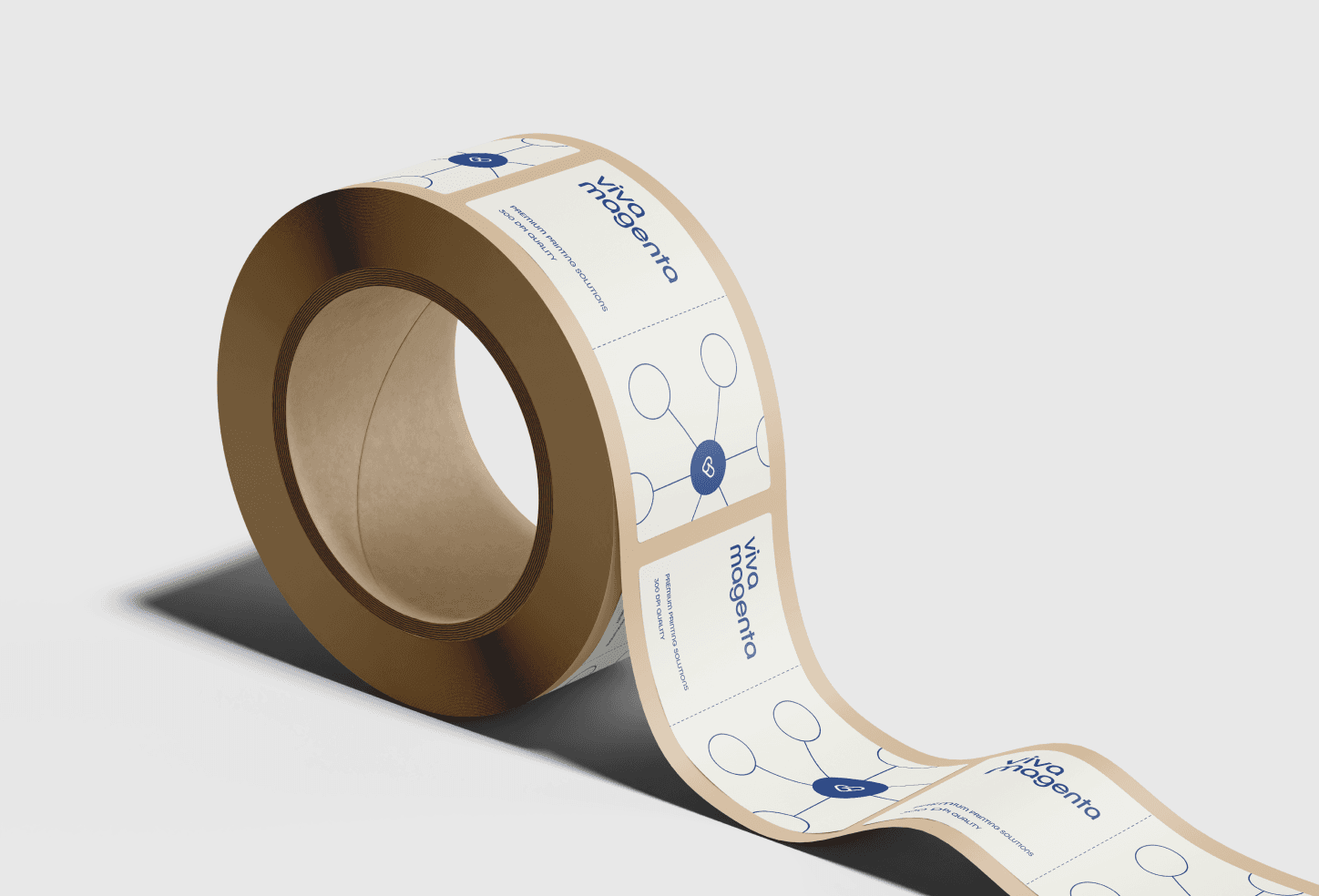Mastering GSM for Packaging
In the world of product presentation, GSM stands for more than just a technical specification; it's a critical factor that can significantly enhance the sustainability and tactile feel of your packaging. GSM, or Grams per Square Meter, is a precise measurement that determines the weight and thickness of paper and fabric materials used in packaging. It's a metric that speaks volumes about the quality and durability of your product's first impression. Understanding GSM is not just about assessing material strength; it's about making an informed choice for the environment and your brand's narrative.
This blog post will delve into the essence of GSM and guide you through making choices that reflect your brand's dedication to quality and sustainability
What is GSM in Paper Weight?
GSM, or Grams per Square Meter, is the standard unit of measurement for paper and fabric weights. It gauges a material's weight per square meter, thus providing a quantifiable metric to compare the thickness and sturdiness of various packaging options. Whether you're looking for the luxurious feel of heavyweight cardstock for your customisable cards or the durable quality of light kraft paper for your product packaging, GSM is your guide to selecting the perfect material.
What GSM is used for packaging?
GSM in packaging varies greatly depending on the product requirements and brand aesthetic choices. Typically, packaging uses GSMs ranging from 35 GSM for very light items like tissue papers to over 450 GSM for luxury packaging, offering durability and a premium feel.
How do you calculate GSM in packaging?
GSM (grams per square meter) is calculated by weighing a 1-meter square piece of the material. For practical purposes in a manufacturing or design setting, smaller samples are weighed, and the value is scaled up to represent a square meter.
What is GSM in a carton box?
In carton boxes used for product packaging, GSM refers to the weight of the paper material per square meter, which determines the box's thickness and strength. The GSM of carton boxes typically ranges from 300 to 350 grams, depending on the weight of the product placed inside. This GSM range ensures optimal durability and protection, making it suitable for a wide array of products that require reliable packaging.
What is GSM in Paper Weight?
GSM, or Grams per Square Meter, is the standard unit of measurement for paper and fabric weights. It gauges a material's weight per square meter, thus providing a quantifiable metric to compare the thickness and sturdiness of various packaging options. Whether you're looking for the luxurious feel of heavyweight cardstock for your customisable cards or the durable quality of light kraft paper for your product packaging, GSM is your guide to selecting the perfect material.
How do we use GSM in our custom packaging?
In the context of packaging, GSM affects how your product is perceived and plays a pivotal role in protecting it and conveying your brand's commitment to quality. A higher GSM denotes a thicker, more robust material, while a lower GSM suggests a lighter, more flexible one. This seemingly simple number is a gateway to understanding how your customers interact with your packaging, influencing their first physical touchpoint with your brand.
What is the importance of GSM in custom packaging?
When it comes to custom packaging, GSM is not just a detail—it's a cornerstone of design that directly impacts both aesthetic appeal and functional integrity. The choice of GSM can make the difference between packaging that merely contains a product and packaging that enhances it, echoing a brand's ethos of excellence and attention to detail.
For businesses looking to make an immediate impression, the tactile sensation of high-GSM materials can convey luxury and high value. Conversely, a lower GSM might be chosen for its ease of handling and cost-effectiveness while providing sufficient protection and a clean print.
Choosing the right GSM for your packaging reflects your brand's environmental values. Heavier materials suggest durability and reusability, aligning with a message of sustainability, while lighter materials are preferred for their reduced environmental footprint and ease of recycling.
In essence, the GSM of your packaging material is a physical expression of your brand's story—one that customers can see and feel.
Understanding Paper Thickness and Its Role in Branding
The thickness of the paper you choose is more than a practical consideration; it's a tactile representation of your brand's standards and the message you wish to convey. To illustrate the versatility and implications of paper GSM choices, let's explore a range of paper weights and their typical uses:
35 – 55 GSM paper:This is the lightest category, typically used for newspapers. Its delicate nature makes it easy to handle, economical for high-volume printing, and suitable for information that has a short lifespan.
90 – 120 GSM paper:Standard office paper falls into this category. It's the workhorse of paper types—sturdy enough for daily printing while maintaining cost-effectiveness.
130 – 250 GSM paper:Ideal for promotional materials, this weight range balances flexibility and the perception of quality. Custom flyers printed on this stock can endure the elements when displayed and are substantial enough to convey value.
260 – 300 GSM paper:Entering the realm of card stock, this weight is thick yet pliable and is often selected for high-quality brochures or magazines that aim to make an impression through a sense of understated luxury.
350 – 450 GSM paper:The pinnacle of paper weight, this is as heavy and rigid as card stock gets. It stands on its own, both literally and metaphorically, making it the perfect choice for business cards and invitations that need to communicate prestige and permanence.
Each GSM level offers a different sensory experience and communicates a distinct message. It's essential to match the paperweight with your brand's values and the purpose of the printed material. A thoughtful choice in paper thickness can elevate your brand and leave a lasting impression on your audience.
Custom Design and GSM: Crafting the Narrative
In the bespoke packaging design world, GSM is a critical player in your brand's narrative. It's not just about protection and practicality; it's about each package's story as it journeys into your customer's hands.
For a brand that prides itself on creativity and innovation, selecting the GSM becomes a part of the design process. It's a medium through which a brand can communicate its dedication to quality and understanding of the customer experience. A well-chosen GSM adds depth to the visual design, enriching colours and giving definition to printed elements, allowing your brand's vision to take physical shape.
Wrapping It Up
In the intricate dance of brand storytelling, GSM plays a lead role, setting the stage for how customers perceive and interact with your product packaging. Each grade of GSM tells a part of your brand's story, from the practical, brief whisper of a lightweight paper to the confident, lasting impression of a heavy cardstock. At Viva Magenta Project, we understand the language of paper and fabric weights and how they can be harmonized with your brand's narrative. With a discerning choice of GSM, your packaging does more than carry a product; it promises quality, a commitment to sustainability, and a representation of your brand's ethos.

